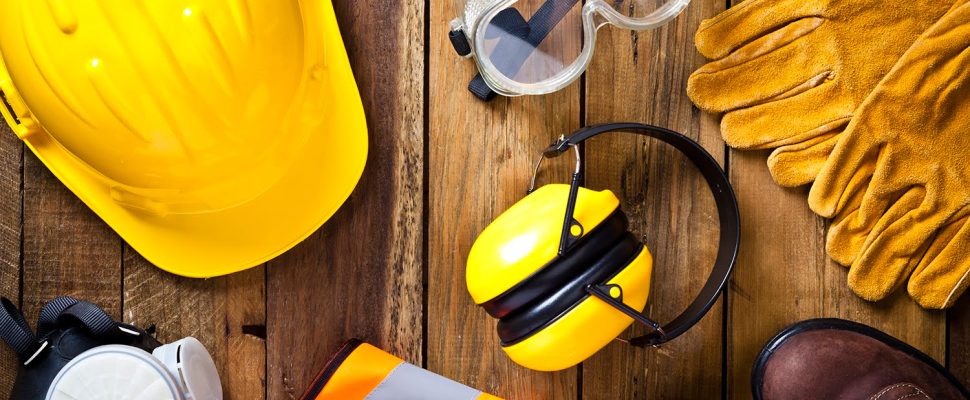Express Deliveries countrywide.
Safety equipment and safety supplies

Safety equipment and safety supplies keep worksites secure and help companies ensure full compliance with safety regulations. Appropriate clothing, goggles, helmets, and other safety gear help guard employees from infection or even injury. Safety signs warn others and employees of possible hazards, alert workers to the location of safety equipment and exit routes, and offer safety-related instructions in an attention-getting and concise format. Fall-protection safety products help prevent folks working at heights from falling or perhaps decrease the risk of injury in case they do fall. Traffic safety equipment may be used to keep traffic moving in the right direction and block off potential hazards.
Appropriate use of Safety equipment:
In Safety Gear Hub, All Safety equipment should be properly designed and constructed, and really should be maintained reliably and cleanly. It must fit comfortably, encouraging for worker use. If the Safety equipment doesn’t fit properly, it can make a big difference between being safely covered or perhaps dangerously exposed. When administrative controls, work practice, or engineering are not feasible or perhaps don’t provide sufficient protection, our employers must provide safety equipment to their workers and ensure its proper use. Our Company is also needed to train each worker required to use Safety equipment to know:
- When it’s necessary
- What kind is necessary
- How you can properly put it on, adjust, wear and take it off
- The limits of the equipment
- Disposal, useful life, maintenance, and proper care of the equipment If Safety equipment is actually to be used.
Tags:
Share:

Linda Stivens
Sed ut perspiciatis, unde omnis iste natus error sit voluptatem accusantium doloremque laudantium

One Response
What you need to know about safety shoes.
Safety shoes are specially designed footwear that offer protection for your feet in hazardous environments, particularly in workplaces like construction sites, factories, warehouses, and laboratories. What makes safety shoes special are the features built into them to prevent injuries and enhance comfort during long hours of work.
Here’s what’s special about safety shoes:
________________________________________
🛡️ Protection Features
1. Steel/Composite Toe Caps
o Protect against impact or compression (e.g., dropping heavy tools).
o Composite toes are lighter and do not conduct heat/cold or electricity.
2. Slip-Resistant Soles
o Provide traction on wet or oily surfaces to reduce the risk of slips and falls.
3. Puncture-Resistant Midsoles
o Prevent sharp objects like nails or glass from piercing through the sole.
4. Electrical Hazard Protection
o Insulated soles that reduce the risk of electric shock.
5. Heat and Chemical Resistance
o Soles made from materials like rubber or polyurethane to protect against hot surfaces or chemical spills.
________________________________________
👣 Comfort and Ergonomics
• Cushioned Insoles & Arch Support
For long-term wear and to reduce fatigue.
• Breathable Materials
Help keep feet dry and reduce odor buildup.
• Ankle Support
High-cut models offer added support to prevent sprains.
________________________________________
✅ Compliance and Safety Standards
Safety shoes must meet regional standards:
• ASTM (USA): American Society for Testing and Materials.
• EN ISO 20345 (Europe): Standard for basic safety footwear requirements.
• CSA (Canada): Canadian Standards Association certified shoes.
________________________________________
🛠️ Application-Specific Designs
Different jobs may require:
• Metatarsal guards (extra protection for the top of the foot),
• Waterproofing,
• Cold insulation, or
• Anti-static properties.
________________________________________
In short, safety shoes combine protection, durability, and comfort to help prevent serious workplace injuries and meet health and safety regulations.